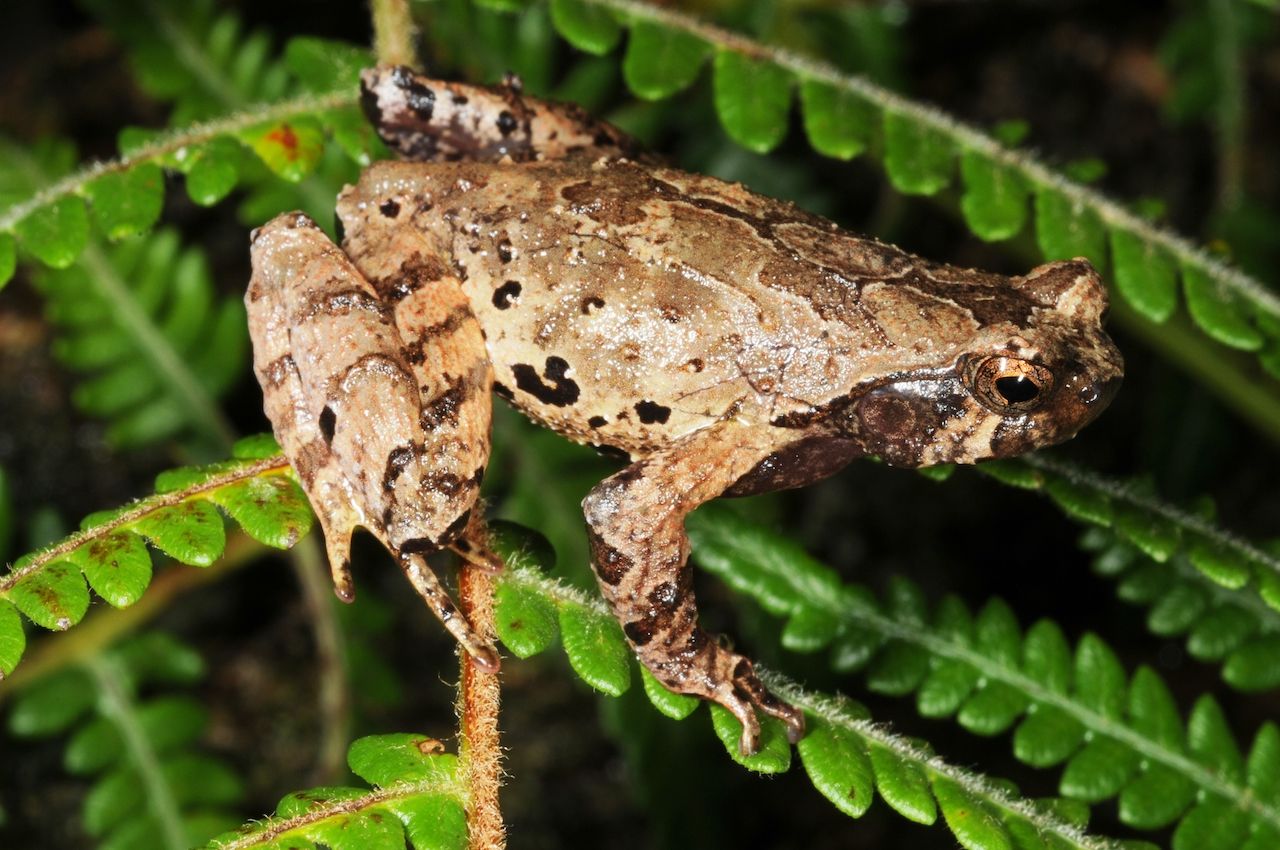Scientists are getting pretty creative when it comes to naming new animal species. There were 157 new species recently discovered in the Greater Mekong — a region that encompasses Cambodia, Laos, Myanmar, Thailand, and Vietnam — and those species have some pretty interesting names. The creative names are generally inspired by physical features that, according to some, resemble well-known celebrities or Hollywood creatures.
Stuart Chapman, WWF’s Asia-Pacific regional director for conservation impact, said, “Ensuring that large reserves are designated for wildlife, along with increased efforts to close illegal wildlife trade markets, will go a long way to conserving the extraordinary wildlife diversity in the Mekong.” Here are some of the new oddly named species.





